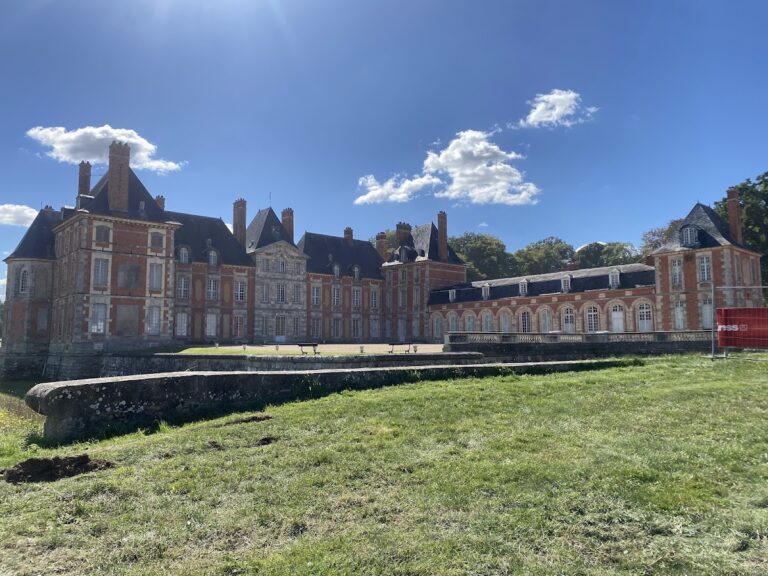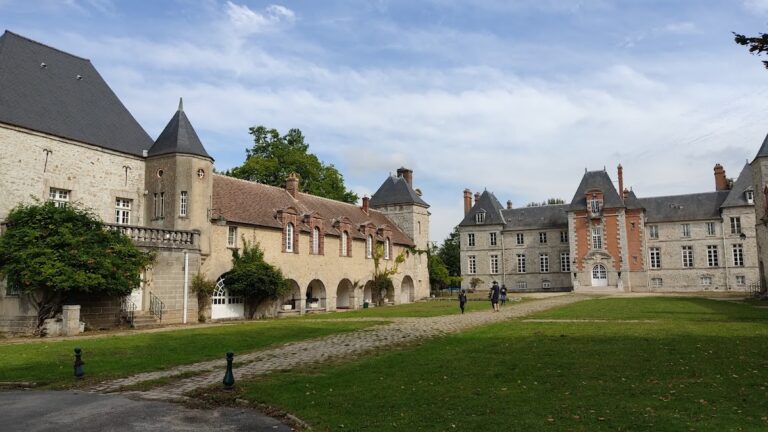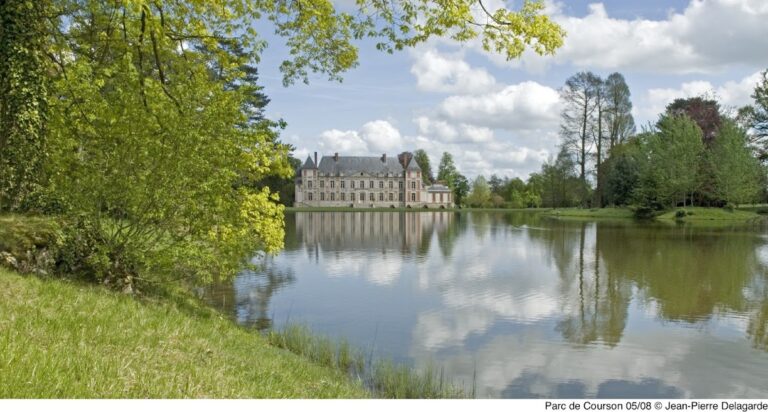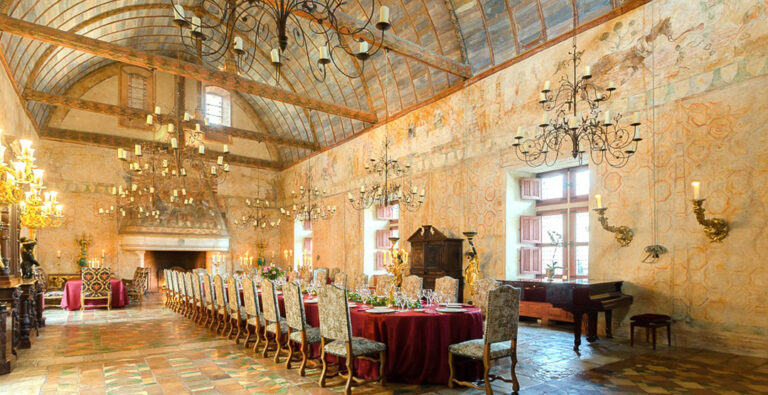Château de Villeconin: A Medieval and Renaissance Manor in France
Visitor Information
Google Rating: 4.3
Popularity: Low
Google Maps: View on Google Maps
Official Website: www.chateaudevilleconin.fr
Country: France
Civilization: Unclassified
Remains: Military
History
The Château de Villeconin is located in the municipality of Villeconin, France, and was constructed during the medieval period by French nobility. Its origins date back to the latter half of the 14th century when the site evolved from a countryside estate into a fortified residence.
The estate was purchased in 1372 by Gérard de Montaigu, an ally favored by King Charles V of France. Gérard transformed the property from its earlier agricultural use into a manor house that served both residential and defensive purposes. His marriage to Biette de Cassinel, the king’s mistress, linked the estate to royal circles. After Gérard’s death in 1391, their son Jean de Montagu inherited the domain and held court positions that enhanced the château’s importance. During Jean’s tenure, significant expansions took place, including the addition of moats for defense, a guardroom, and a subterranean passage connecting the Château de Villeconin with the nearby Château de la Grange. These improvements reflected the needs of a fortified noble residence amid the tumultuous political environment of the early 15th century.
Jean de Montagu’s fortunes reversed when he was executed in 1409 by order of Jean sans Peur, Duke of Burgundy. Following his death, his properties, including the château, were confiscated by the ruling authorities. Despite this upheaval, many of the defensive features established during Jean’s period, such as the moats, a donjon (a fortified keep), and a tower, remain integral parts of the château.
In 1567, the estate passed into the hands of the Cochefilet family, who undertook Renaissance-style renovations that shifted the château’s character away from its purely defensive roots. The family removed medieval defensive elements, like the drawbridge, and created a new entrance more suited to comfort and style. They also expanded and modified the guardroom and added windows to both the guardroom and the donjon, transforming the château into a residence that reflected the changing architectural tastes and social functions of the Renaissance era.
Throughout the 17th and 18th centuries, the château changed ownership several times, coming under families such as Pierre Mérault, the d’Ornaison family, and later the Talaru family. The last Marquis de Talaru was executed in 1794 during the French Revolution, which led to the confiscation of the property. The estate was subsequently sold and converted into agricultural land, marking a period in which the château’s noble status diminished.
In the 20th century, the Renaud family owned the property until 1924, shortly before the château was officially recognized as a historic monument in 1926. Soon after, Henry de Jouvencel acquired the château in 1932 and initiated a program of restoration. He rehabilitated the buildings and transformed the surrounding former farmland into a landscaped park, reviving the estate’s grandeur and setting the stage for its preservation.
From 1973, the château was opened to the public by Valentine de Jouvencel and Max de Longevialle, gaining a heritage award in 1990. Today, the château continues to be maintained by Roland de Longevialle, who oversees seasonal public access and appointments, ensuring the historical legacy of this site remains appreciated.
Remains
The Château de Villeconin presents a well-preserved example of a medieval and Renaissance manor, constructed primarily from stone, reflecting the architectural traditions of its periods. The site’s layout retains several key features dating back to its original fortified design and later transformations.
One of the central elements is the medieval donjon, also known as a keep, built during the late 14th and early 15th centuries under Jean de Montagu. This stone tower functioned as a defensive stronghold and residence within the château complex. During the Renaissance, windows were added to the donjon to allow more light and fit the château’s shift toward comfort and status rather than pure defense. The donjon remains structurally intact and prominently features in the estate’s silhouette.
Surrounding the château are moats, which were excavated at the same time as much of the 15th-century reconstruction. These water-filled defensive ditches encircle portions of the estate, providing protection and emphasizing the site’s fortified nature. The moats survive today and continue to outline the château’s boundaries, preserving the impression of its medieval security measures.
The guardroom, initially designed for military and protective functions, was enlarged and modified during the Renaissance. This included the addition of floors and large windows, transforming the space into a more comfortable living area. These alterations demonstrate a clear evolution from defensive architecture toward residential use, consistent with Renaissance ideals.
A notable feature of the estate is the underground passage linking the Château de Villeconin with the nearby Château de la Grange. This subterranean corridor allowed secure and concealed movement between the two châteaux, reflecting both strategic considerations and the complexity of the manorial estate’s layout.
In the 20th century, restoration conducted by Henry de Jouvencel preserved and enhanced these historic elements. He also reshaped the surrounding landscape from farmland into a park, integrating the château harmoniously within its grounds. The current state of the château is such that it retains its medieval and Renaissance character, with key architectural and structural components accessible and identifiable.
Overall, the Château de Villeconin exemplifies the transformation of a medieval fortress into a Renaissance residence, while the site’s moats, donjon, towers, guardroom, and underground passage remain tangible links to its layered history. It stands today as a well-preserved monument to the evolution of French noble estates from the late Middle Ages through the early modern era.










